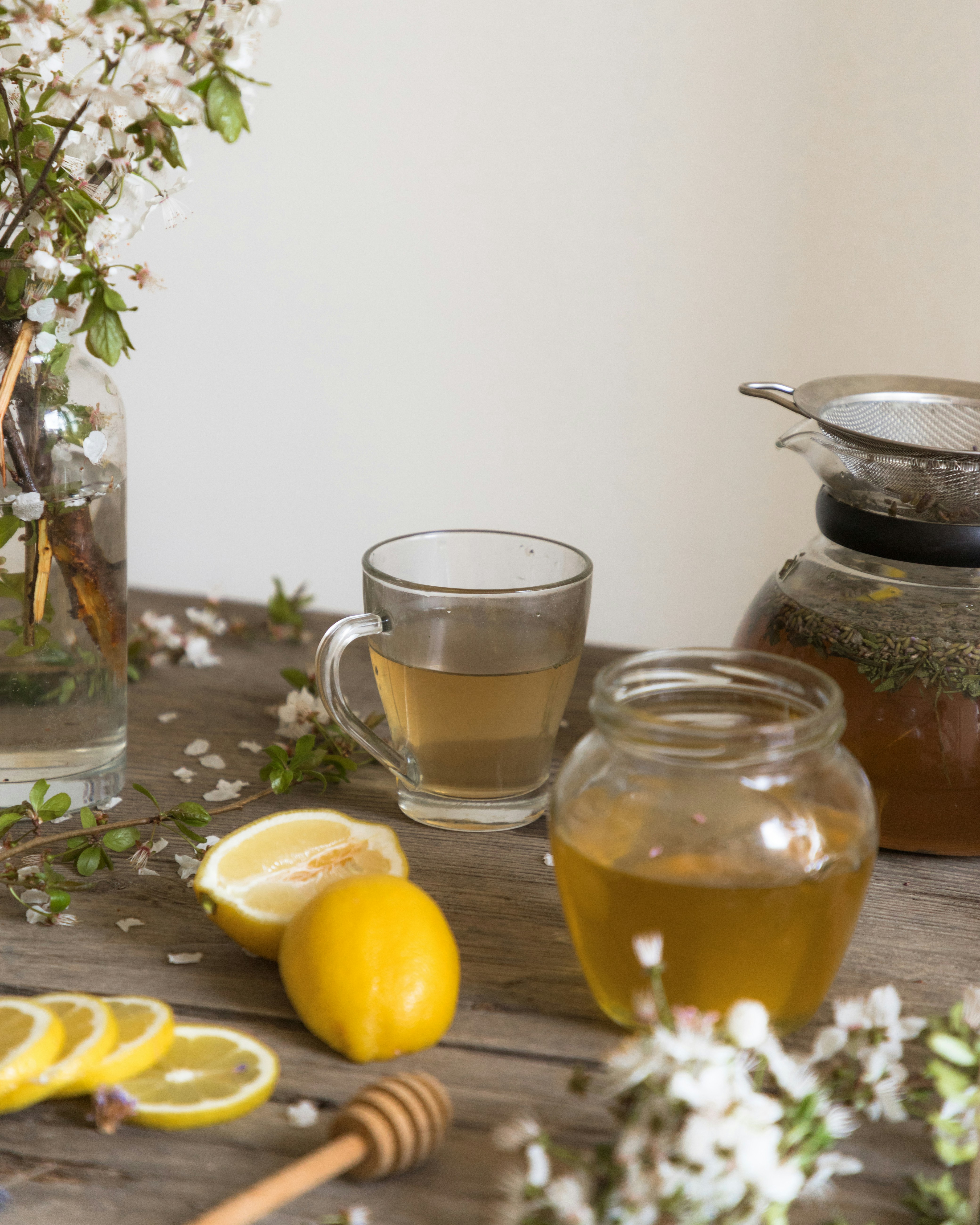If you’re considering a move to Austin, or you already live in this bustling Texas city, you might wonder about its reputation for being tough on allergy sufferers. Austin’s beautiful landscapes and warm climate come with a caveat: a high count of allergens that can affect residents year-round. Let’s dive into what makes Austin a challenging place for those with allergies and how you can manage if you’re affected.
Austin, Texas, is not just known for its live music and tech scene; it’s also infamous for its high pollen counts and allergens that can make life difficult for people sensitive to environmental triggers. From mountain cedar fever in winter to grass pollens in summer, the city’s diverse flora contributes heavily to the airborne allergens. This close look at the seasonal challenges reveals why Austin can be tough for allergy sufferers.
The city’s allergy season can be particularly brutal. The primary culprits? Tree, grass, and weed pollens that thrive in the region’s climate. Austin’s heavy cedar pollen, which peaks in winter, is notorious and often referred to as “cedar fever.” Symptoms can be severe and include sneezing, runny nose, and itchy eyes, mimicking a cold or flu. Spring brings tree pollens, primarily from oak, elm, and ash, which are prevalent throughout the city. Summer shifts the focus to grasses, which can blanket the air with allergens on windy, dry days. By fall, weed pollens, especially ragweed, become the dominant issue, often lingering until the first hard frost.
There are ways to manage and mitigate the effects of allergies while enjoying life in Austin. Regularly checking local allergy forecasts can help you prepare for high pollen days. Keeping windows closed and using air purifiers in your home can also reduce exposure. Over-the-counter antihistamines or a consultation with an allergist for more tailored treatments can be beneficial.
Engaging with a local allergist can provide insights specific to Austin’s environment. Many residents find relief through customized immunotherapy, such as allergy shots or tablets, which gradually desensitize the immune system to the effects of allergens. At home, maintaining cleanliness to reduce indoor allergens and using HEPA filters can also help control symptoms.
Adjusting your daily routine can also reduce allergy symptoms. Activities such as jogging are best done in the early morning or late evening when pollen levels are lower. Wearing a mask during high pollen days and showering after being outdoors can prevent pollen from spreading inside your home.
Despite the allergy challenges, Austin remains a vibrant, attractive place to live. The city’s dynamic culture, booming economy, and abundant recreational activities provide a high quality of life that many find worth the extra effort during allergy season. With the right strategies, living with allergies in Austin can be manageable.
Planning your visit to Austin or looking for more insights on local real estate? Call or Text Brendan Sanford today at (512) 696-0673, or email at [email protected].
